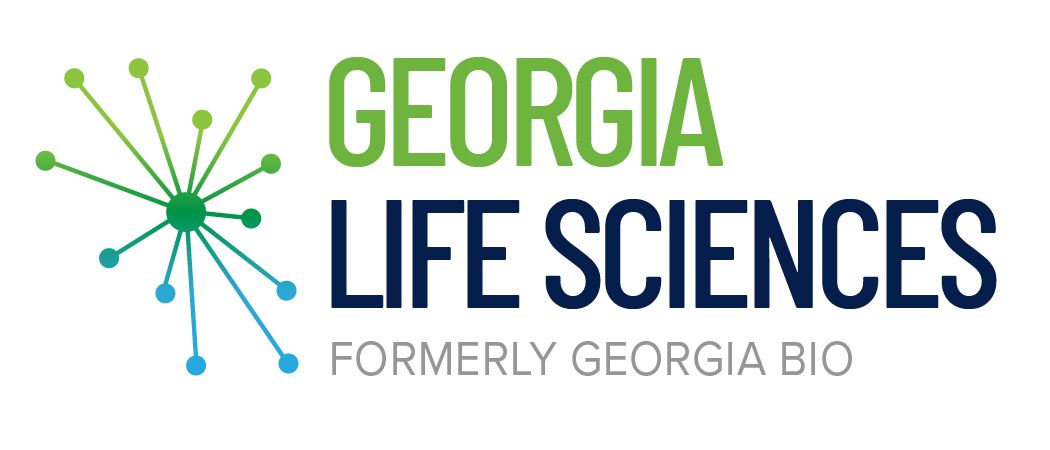Proposals to Weaken IP Rights Will Devastate U.S. Life Sciences Industry
From concept to commercialization, the United States is a global leader across all stages of biopharmaceutical product development. Partnerships between research universities, non-profit institutions and the federal government play a significant role in bringing an innovative product from the research stage to a treatment that can transform lives.
However, in an ill-conceived attempt to lower prescription drug costs, the White House is proposing to weaken critical intellectual property protections on certain biopharmaceutical innovations. This decision will weaken our national ability to develop medications, respond to public health threats and advance biomedical innovation.
The U.S. life sciences and biotechnology industry is a significant driver of our national economy. Our biopharmaceutical industry supports nearly 5 million jobs, as companies and employers nationwide work to research, develop and bring to market treatments that address and treat chronic and debilitating health conditions.
Bringing a new treatment from a lab to a patient’s medicine cabinet requires significant time, resources and funding. Strong IP rights, such as patents and copyrights, allow companies to retain market exclusivity and recoup investments made in developing a drug.
Collaboration between our public and private sectors plays a significant role in bringing a product to consumer’s hands. Many companies partner with universities or non-profits to help commercialize their research.
Congress has long recognized the value of this collaboration. In 1980, federal lawmakers passed the Bayh-Dole Act, a law that incentivizes continued partnership between public and private institutions in the name of bringing cutting-edge innovations to Americans. Bayh-Dole enables research universities, non-profit institutions, and small businesses to own, patent and commercialize inventions developed under federally funded research programs.
These entities are at the forefront of research, but often lack the resources needed to successfully bring a product to market. Bayh-Dole encourages these institutions to find commercial partners to help bring inventions to consumers. The legislation contributed to the launch of 300 drugs between 1996 and 201. Federally funded research brings three products to market daily.
However, through a provision in the Bayh-Dole Act that allows the federal government to “march in” and seize patents on drugs created with federal funding, the White House is advancing a proposal to seize patents on drugs deemed to be too expensive. This misguided interpretation of the Bayh-Dole Act directly contradicts the original intent of the legislation and will jeopardize the nation’s life sciences innovation ecosystem.
The law grants the federal government so-called march-in rights only under specific circumstances, all centered on whether the patent holder has made a timely effort to commercialize the product. The National Institutes of Health has previously denied all march-in requests because no request has ever fit the specific circumstances outlined in the law.
Abusing march-in rights will have devastating consequences across the process of bringing medication to patients in need. Should the federal government seize patents on drugs made with federal funding, universities and small biotech companies will have to spend more time navigating bureaucracy and less time researching and developing innovations. Ultimately, vulnerable patient populations will bear the brunt of weakened IP protections, with fewer revolutionary medications and clinical trials available.
Sen. Bill Cassidy, R-La., ranking member of the Senate Health, Education, Labor, and Pensions Committee, recently sent a letter to the Department of Health and Human Services highlighting that the proposals to exercise march-in rights as a means to lower health care costs is just one example of egregious executive agency overreach. He notes that efforts to exercise march-in rights may not stand in the light of the Supreme Court’s decision to reform the ability of federal agencies to interpret ambiguities in laws.
The United States excels in life sciences and biotechnology innovation, partly due to federal policies that facilitate bringing products to consumers, such as the Bayh-Dole Act. It is critical that the White House not move forward with efforts to weaken IP protections through abuse of march-in rights. Without a strong IP framework, universities and small businesses, our local economy, and, most important, patients across the country will suffer the consequences that come with misguided bureaucratic efforts to lower prescription drug costs.





